Estimated reading time: 6 minutes
Looking for a way to expand your plant collection without breaking the bank? Look no further than your local grocery store! Did you know that many of the fruits, vegetables, and herbs found in the produce aisle can be propagated from stem cuttings? Not only is this a cost-effective way to grow your own plants, but it's also a fun and rewarding project for both novice and experienced gardeners. We'll provide you with a comprehensive list of plants that can be propagated from stem cuttings found in your grocery store produce aisle. Get ready to turn your kitchen scraps into a thriving garden!
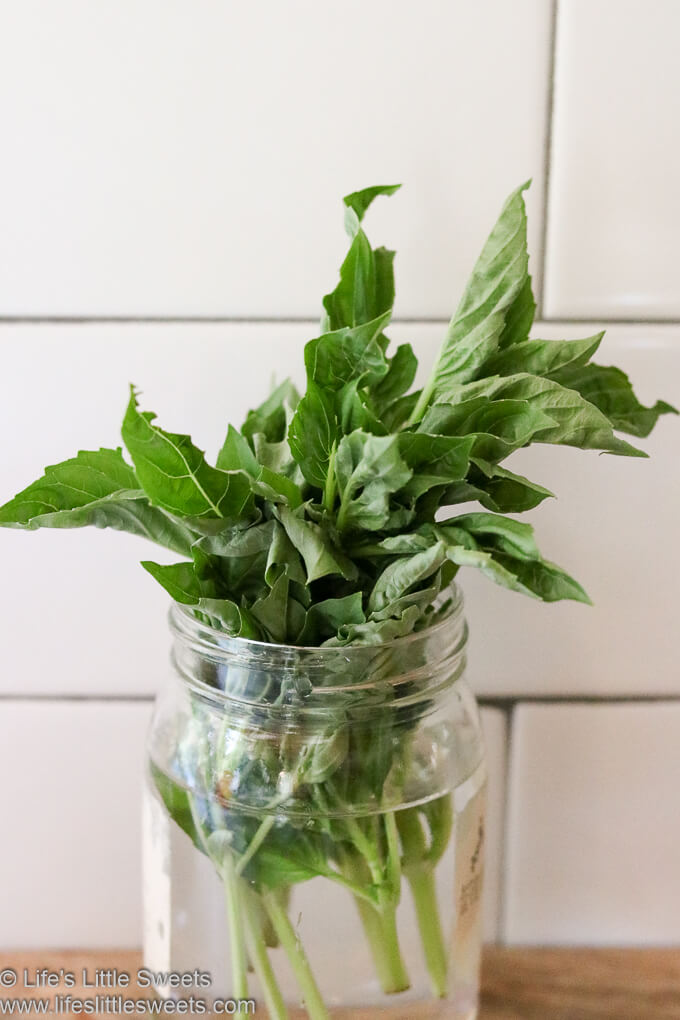
Table of contents
List of Plants that Grow from Stem Cuttings: Propagate Your Own Plants from Grocery Store Produce Aisle
Did you know that you can grow your own plants from stem cuttings found in the produce aisle of your local grocery store? Not only is this an affordable way to expand your plant collection, but it's also a great way to reduce waste by using parts of vegetables and herbs that would typically go unused. Here's a list of plants that grow from stem cuttings found in your grocery store produce aisle:
- Basil (Ocimum basilicum): Basil is a fragrant herb that is commonly used in cooking. To propagate basil, take a stem cutting that is at least 4 inches long and has several sets of leaves. Remove the leaves from the bottom of the stem and place it in a jar of water. Keep the jar in a warm, sunny spot, and change the water every few days. In about a week, roots should start to form.
- Mint (Mentha spp.): Mint is a versatile herb that comes in many varieties, including peppermint, spearmint, and chocolate mint. To propagate mint, take a stem cutting that is at least 6 inches long and has several sets of leaves. Remove the bottom leaves and place the stem in a jar of water. Keep the jar in a bright, indirect light and change the water every few days. In about two weeks, roots should start to form.
- Rosemary (Rosmarinus officinalis): Rosemary is a woody herb that is commonly used in Mediterranean cuisine. To propagate rosemary, take a stem cutting that is at least 4 inches long and has several sets of leaves. Remove the bottom leaves and place the stem in a jar of water. Keep the jar in a bright, indirect light and change the water every few days. In about two weeks, roots should start to form.
- Scallions (Allium fistulosum): Scallions, also known as green onions, are a popular ingredient in Asian cuisine. To propagate scallions, take a bulb with roots attached and place it in a jar of water. Change the water every few days and keep the jar in a bright, indirect light. In about a week, new growth should appear.
- Sweet Potato Vine (Ipomoea batatas): Sweet potato vine is a fast-growing plant that is commonly used as a trailing plant in hanging baskets or as a ground cover. To propagate sweet potato vine, take a stem cutting that is at least 6 inches long and has several sets of leaves. Place the stem in a jar of water and keep the jar in a warm, sunny spot. In about a week, roots should start to form.
- Lemongrass (Cymbopogon citratus): Lemongrass is a fragrant herb commonly used in Asian cuisine. To propagate lemongrass, take a stem cutting that is at least 6 inches long and has several sets of leaves. Remove the bottom leaves and place the stem in a jar of water. Keep the jar in a warm, sunny spot, and change the water every few days. In about two weeks, roots should start to form.
- Tomato (Solanum lycopersicum): Tomatoes are a popular fruit that can be grown in containers or in the ground. To propagate tomatoes, take a stem cutting that is at least 4 inches long and has several sets of leaves. Remove the bottom leaves and place the stem in a jar of water or a well-draining soil mix. Keep the cutting in a warm and humid environment and wait for roots to form.
- Cilantro (Coriandrum sativum): Cilantro is a popular herb commonly used in Mexican and Indian cuisine. To propagate cilantro, take a stem cutting that is at least 4 inches long and has several sets of leaves. Remove the bottom leaves and place the stem in a jar of water. Keep the jar in a bright, indirect light and change the water every few days. In about two weeks, roots should start to form.
- Fennel (Foeniculum vulgare): Fennel is a flavorful herb commonly used in Mediterranean cuisine. To propagate fennel, take a stem cutting that is at least 4 inches long and has several sets of leaves. Remove the bottom leaves and place the stem in a jar of water. Keep the jar in a bright, indirect light and change the water every few days. In about two weeks, roots should start to form.
- Thyme (Thymus vulgaris): Thyme is a fragrant herb commonly used in Mediterranean and French cuisine. To propagate thyme, take a stem cutting that is at least 4 inches long and has several sets of leaves. Remove the bottom leaves and place the stem in a jar of water. Keep the jar in a bright, indirect light and change the water every few days. In about two weeks, roots should start to form.
Is there a plant that can be grown from a cutting that you didn't see in the list? Let us know in the comments below.
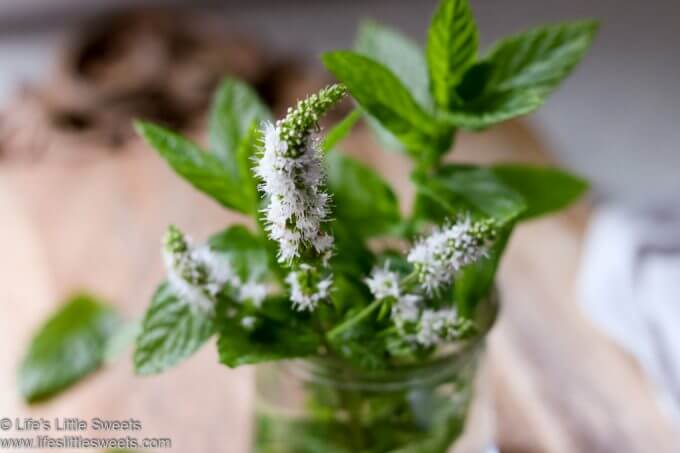
Final Thoughts
Propagating plants from stem cuttings found in your grocery store produce aisle is an easy and affordable way to expand your plant collection. Try experimenting with different types of vegetables and herbs to see what works best for you. Happy propagating!
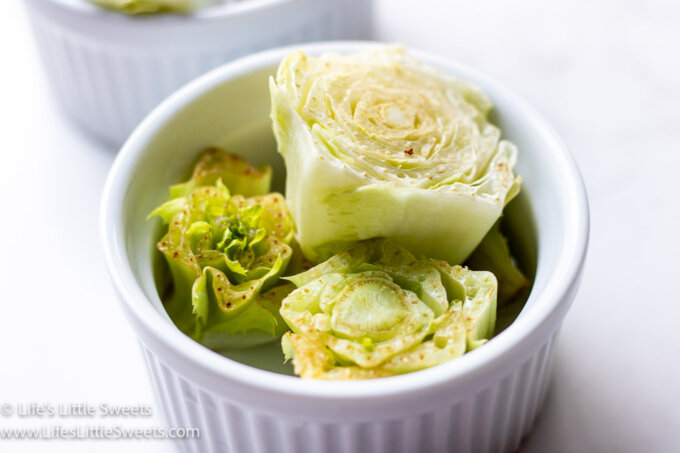
Web Story
Related Posts
Latest Posts
- First published: 5/13/2023
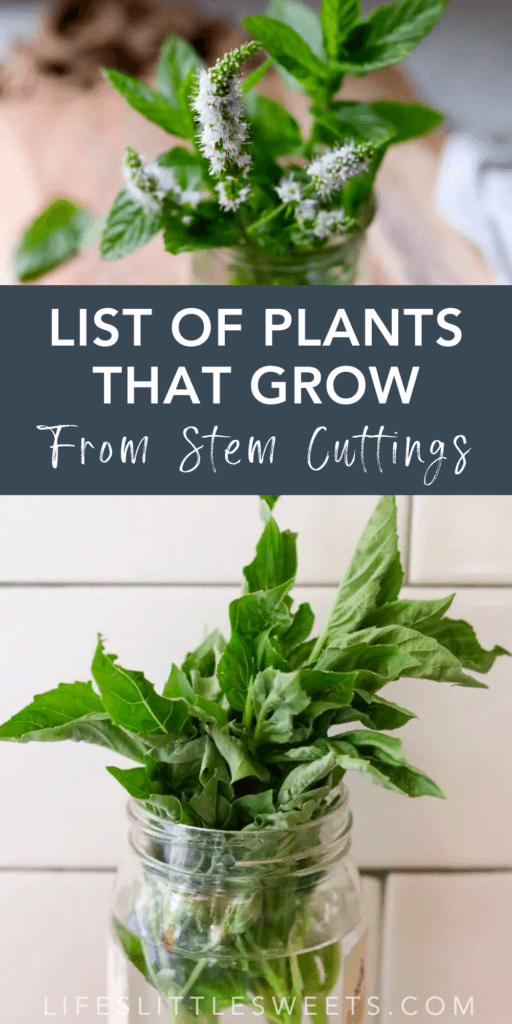
- Dandelion Jelly - April 22, 2024
- Nordy Bars - April 14, 2024
- Hot Cross Buns - April 6, 2024










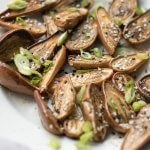


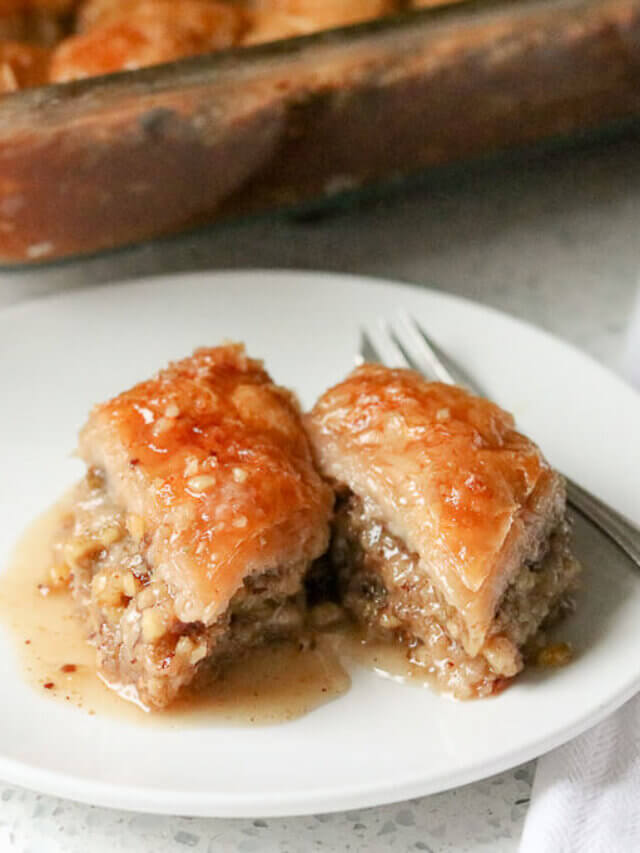
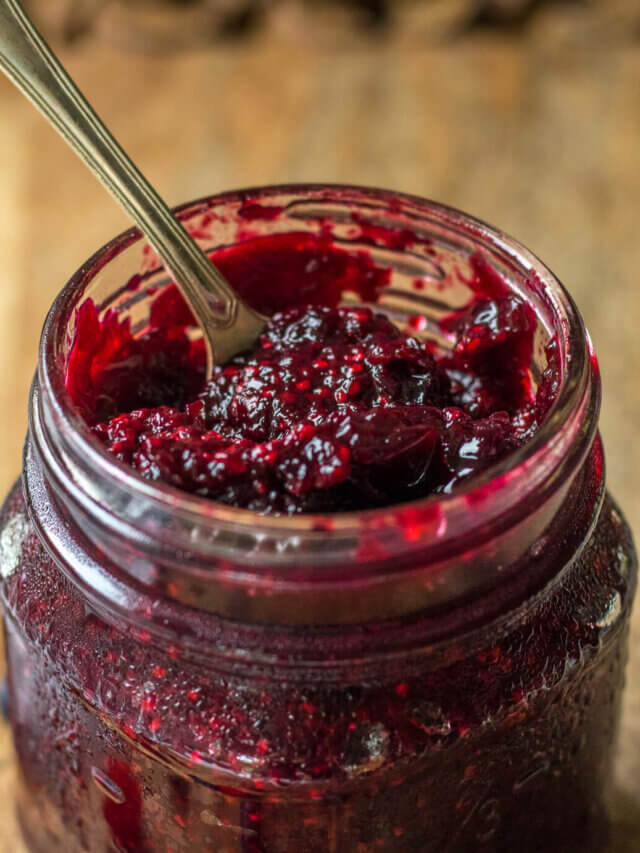

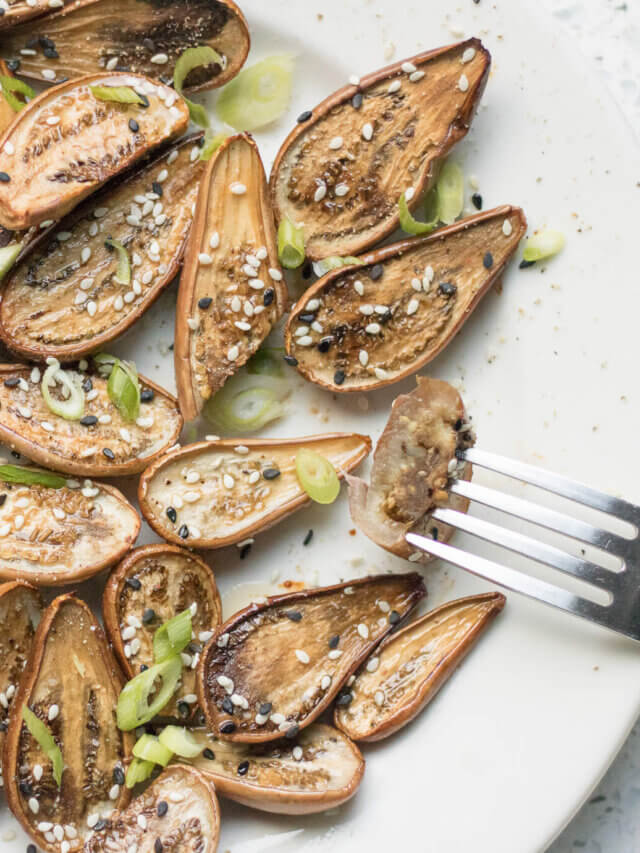


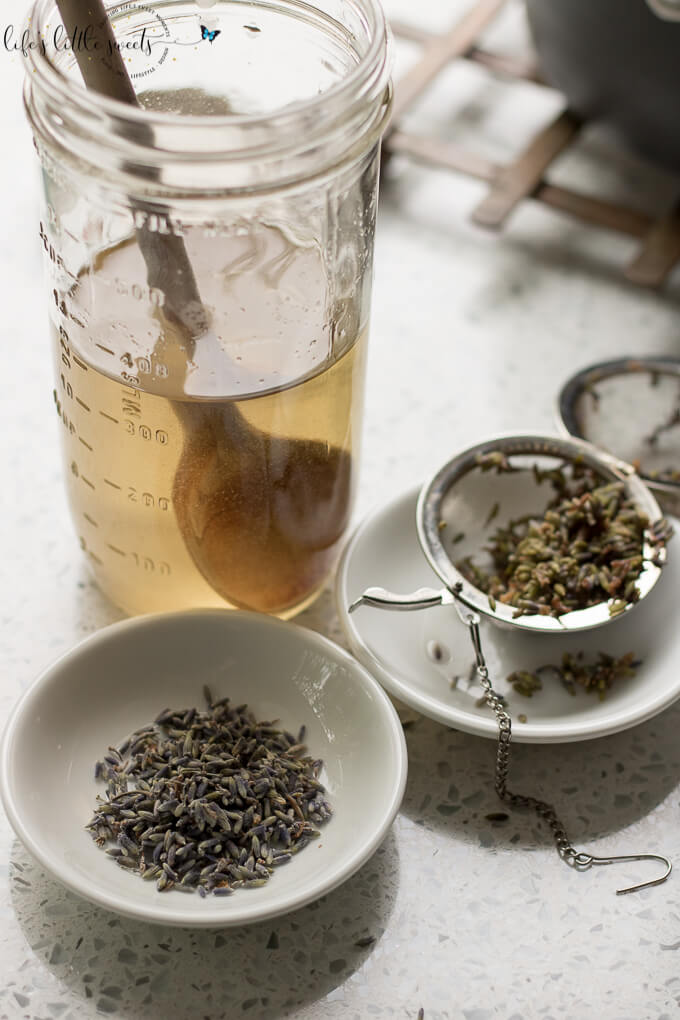


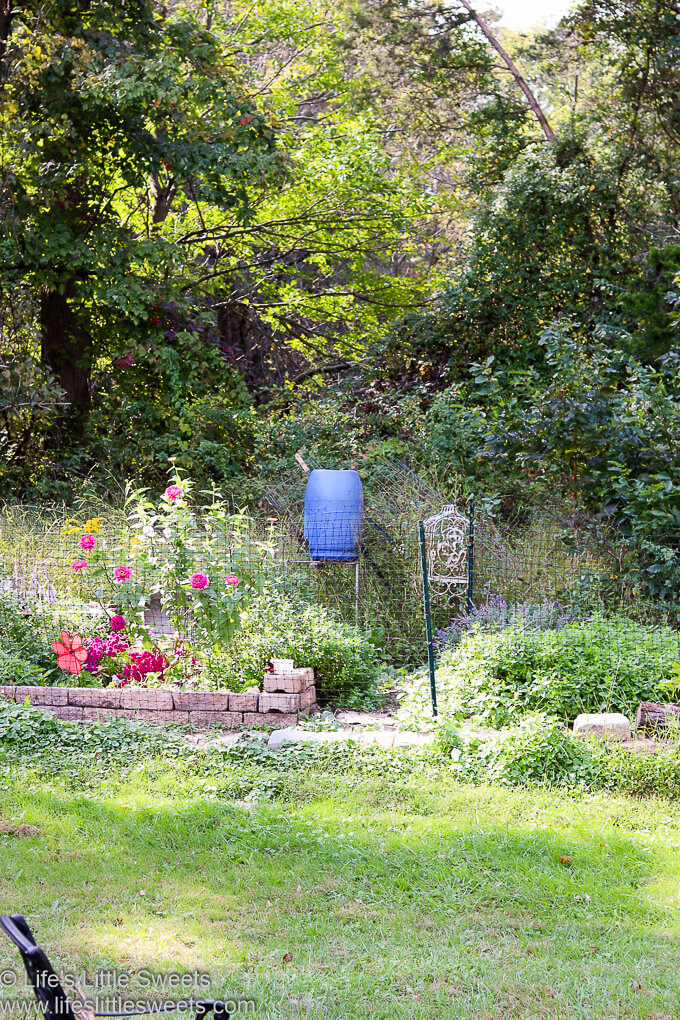
Leave a Reply